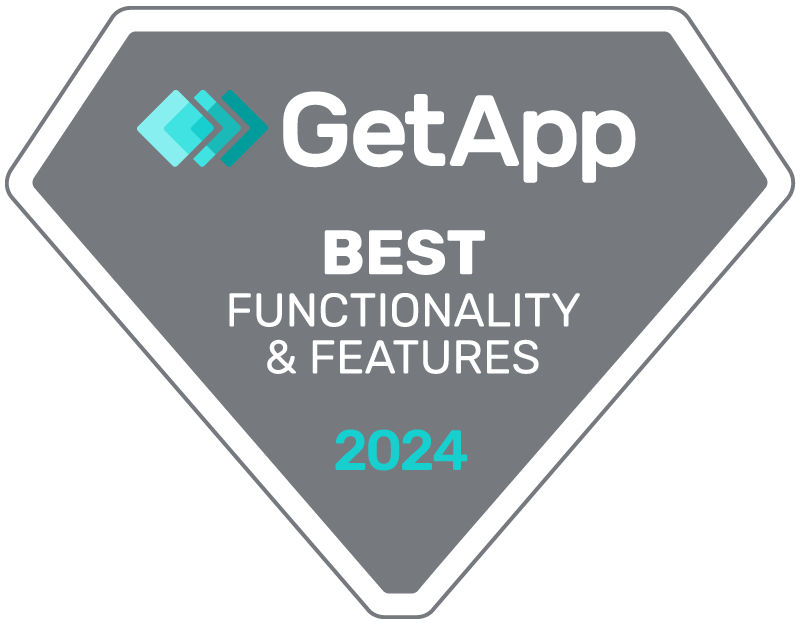Maximizing Employee Training

If you want to develop employees who increase the power of your service-profit chain, make sure your employee training feedback incorporates the following steps.
Henry Ford once said “the only thing worse than training your employees and having them leave is not training them and having them stay.”
He was right. All employees have to be trained. And not because they’re inept, but because training is the path to better performance.
Whether they’re new starters with zero experience, or leaders who’ve been with the company for years, it’s your job to identify the employees who’ll benefit from training and professional development — and it’s your job to ensure the company benefits from its investment in employee training, too.
Well-trained employees are more likely to stay happy and engaged with their work, because adequate training reduces workplace frustration and anxiety. Training is also the first step toward employee mobilization, equipping your employees to understand their role in the organization and their power to make a difference.
Employee training feeds into the service-profit chain, leading to improved performance, greater productivity, more loyal customers and higher profits. There’s a mountain of data to prove that this effect applies across all industries.
Meanwhile, employee training feedback gives you the opportunity to optimize the training experience, amplifying its effect on every link of the service-profit chain.
Try Questback 14 days for free.
The competitive value of change
The world changes fast. And the underlying intent of all employee training is to create change from within, so that the company can adapt to keep up in a competitive environment.
Worried that employees won’t “buy in” to this idea because it’s human nature to resist change? That’s a myth. If you need proof that humans are not inherently opposed to change, offer everyone a big pay rise and count how many employees oppose it!
People embrace change when they understand what’s happening, why it needs to happen, and what part they play in it. Your employees already want opportunities to realize their full potential in a supportive work culture. All you have to do is explain the benefits of the training and give them time to commit to the change.
Like evolution, employee training should be an iterative process. Train, evaluate, adapt, train, evaluate, adapt.
The shorter the feedback loop, the better, so keep your evaluation criteria few and simple. One of the first places to seek evaluation data is from the employees in the training program.

Discover what truly motivates your employees so you can skyrocket your productivity and profitability.
Learn moreDon’t wait until the employee training is complete
Don’t leave your employees without feedback while they work their way through the training. That’s like tuning up an orchestra after the performance. And don’t wait until it’s over to find out what your employees think of their training, either.
Millennial employees’ expectations have been primed by same day delivery services, social media likes and instant downloads. They want feedback to be fast, continuous and frictionless — and to flow in both directions.
For older generations of employees, feedback is loaded with the connotation of confrontation. They want to know how they’re doing, and they want to share their opinions, but they need you to give them a way to do it without overwhelm or fear.
One of the best ways to improve the feedback experience in a multigenerational organization is to give and collect feedback all the time, but in smaller amounts and through less formal interactions. Instead of treating feedback like an event that has to be scheduled, treat it as a process that’s always ongoing.
Measurement is vital
What you need is a holistic, integrated, and real-time approach to measuring and driving high levels of employee performance, commitment and passion. Not just a training completion rate or pass rate, but a set of metrics that let you track the real world success of your employee training programs.
To understand the effectiveness of your employee training, observe and measure four key response indicators: trainee feedback, learning performance evaluation, behavioral changes and ultimate business outcomes.
For example, if your training doesn’t prepare employees for the real life experience, you need to know. Your employees can tell you, and then you’ll be able to adjust the training to provide greater realism or hands-on experience.What will you do with the feedback when you get it?
If employee training isn’t delivering the learning outcomes you hoped for, it’s time to reconsider either the learning targets, the program itself, or the process .
If employees are learning well but fail to practice what they’ve learned after they complete the training, you’ll see the lack of behavioral change. Then you’ll know to engage trainees by explaining the benefits of the training, and follow up to make it stick.
If your business objectives seem no closer after a bucketload of training, take another look at how your employee training programs align with the strategic objectives of the organization as a whole. Training is useless if it doesn’t produce desirable outcomes.
Conclusion: Plan for action
New skills and behaviors require reinforcement, or they’ll fade away within about a month after the training ends.
If you want your employee training to have a long-lasting impact, you’ll measure and report key training effectiveness indicators regularly — and follow up by giving employees the attention and resources they need to make the most of their training.
Asking for someone’s opinion and then ignoring it can be worse than never asking at all. So when you ask employees to share their thoughts about a training program, always have a plan of action in mind.
- What will you do with the feedback when you get it?
- How will you analyze the information? Will you integrate employee training metrics with CX metrics or sales metrics for deeper insight?
- Who will you report to and what will you share? Don’t forget to report back to the trainees, too.
- How will you decide what to do about your insights? Plan your responses now to make action faster and easier later.
If you want to comment or ask a question about this post, meet us over on Twitter or LinkedIn! We’d love to hear from you.
Read more about Employee Surveys.









